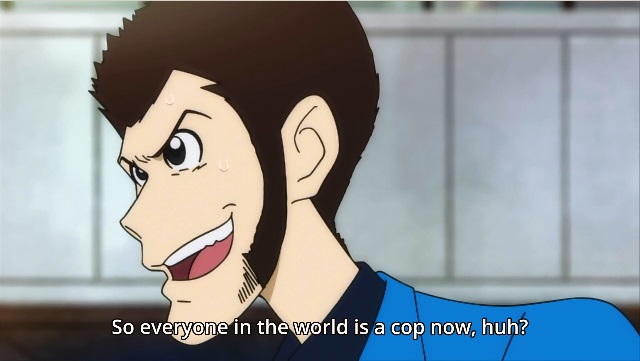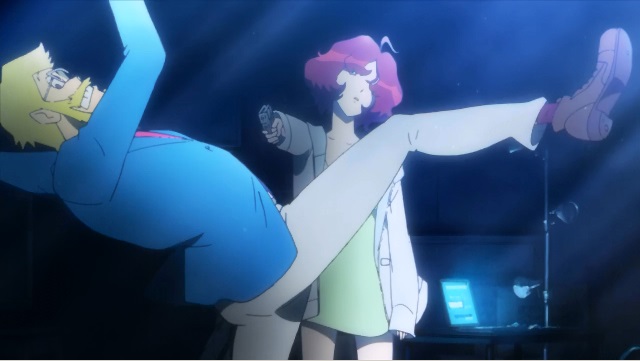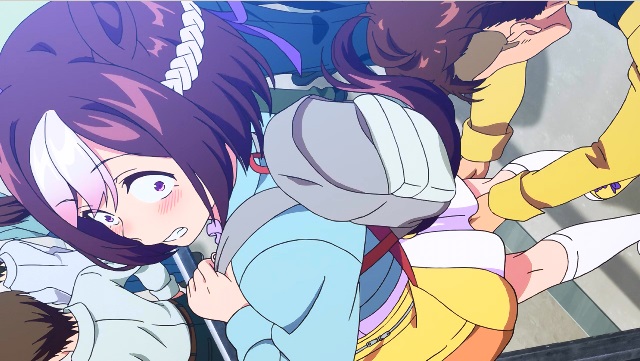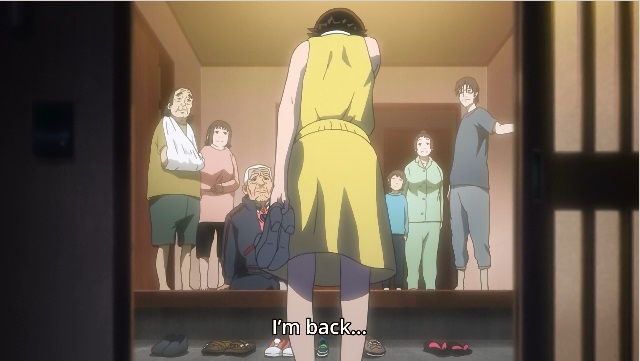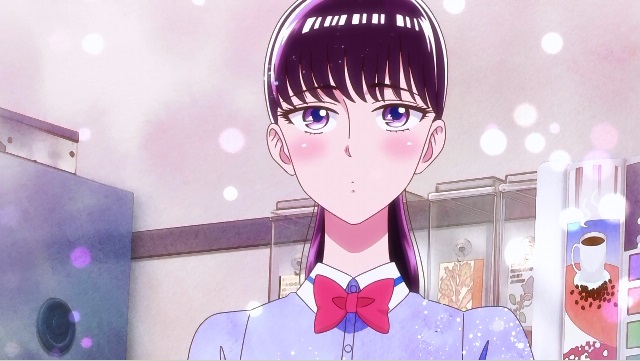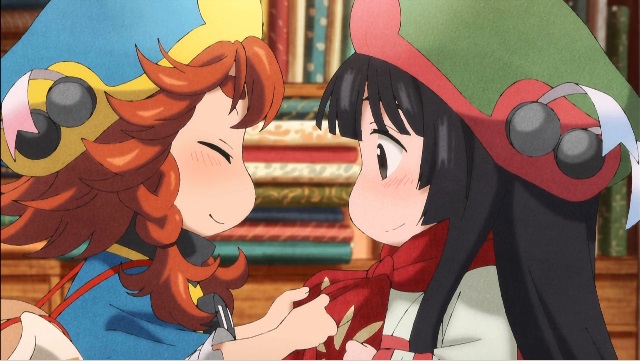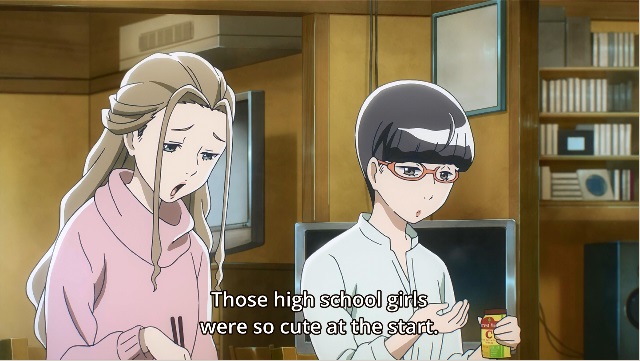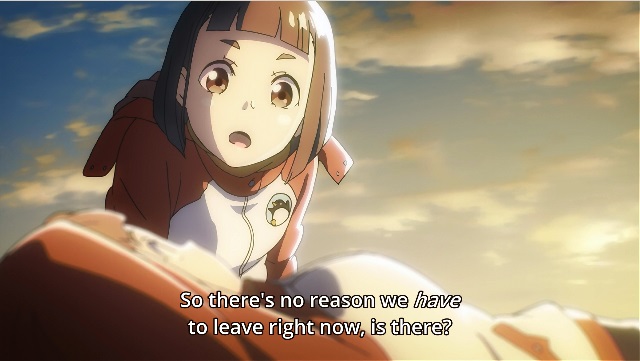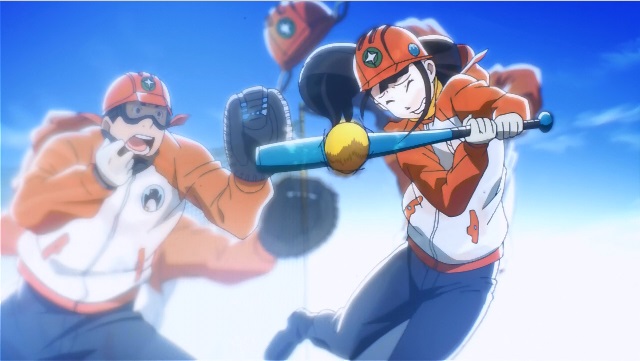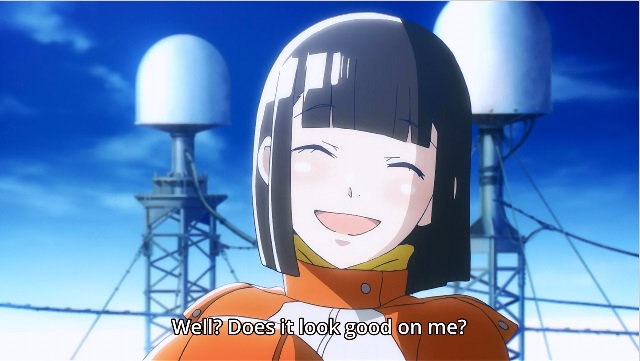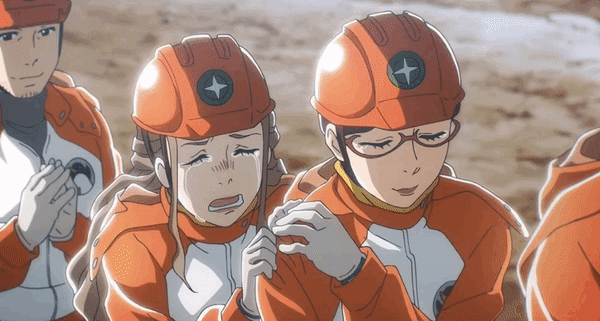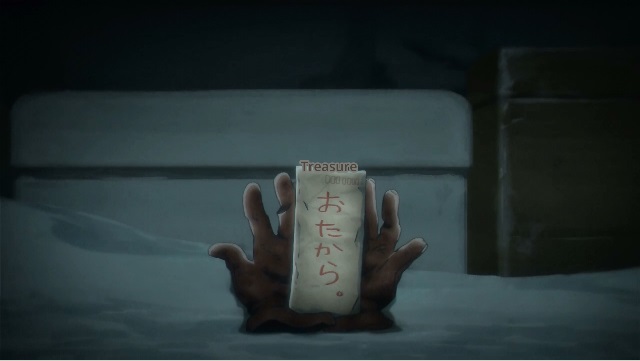It’s the future. It’s not nice. And ordinary boxing is no longer enough to placate the jaded masses. We need super boxing:
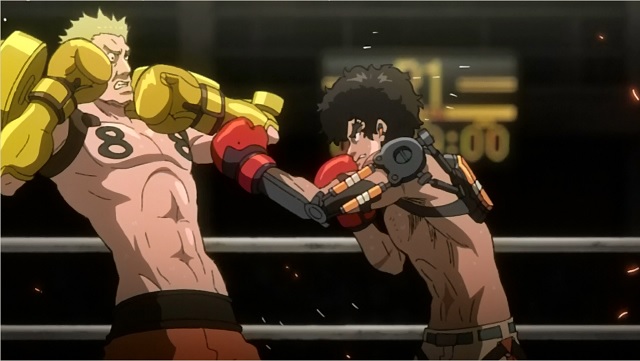
Yes, that’s the way my mind works, that the first association Megalo Box would trigger for me would be a long forgotten, not very good 1984 graphic novel. But the setup is so similar Ron Wilson should’ve gotten royalties for it. You got your cranked up boxing, your mildly dystopian future where cooperations rule the world, an underdog hero from the wrong side of the tracks who would be the best at megalo boxing if he could enter the ring legally instead having to fight in fixed, illegal fights. Even without that particular association this is far from an original story, but the difference lies in the execution. Because hot damn, is this done well.

Just look at that. There’s a real heft and weight to those punches, a meatiness that shows that these jabs can do real damage if they land. Also look at the faces, not your normal featureless, smoothed out high school faces. They actually have real noses, not just a modest indication of where a nose would be on a real person. When they get hit or injured, you see the damage it does. That level of detail and grittiness carries over outside the ring as well. I have no problems with modern television anime, but this is what anime looked like when I first started watching it.
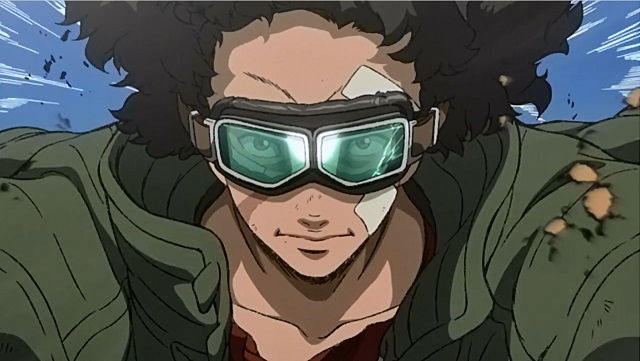
Junk Dog makes for an interesting protagonist, even though he’s very much a cliche: underdog fighter from the streets with ridiculous but unrecognised talent. For a start, when he’s asked why he’s not entering the Megalonia tournament that will be driving the plot of the series, he says that it’s “open for all citizens”. And since he doesn’t have a citizen ID, he therefore cannot enter. It’s new for anime to have an actual undocumented citizen as its hero and it’s equally rare for the protagonist to be a person of colour, as Junk Dog seems to be. The setting is left somewhat undefined but seem vaguely South-West America to me, with a lot of the secondary characters looking Mexican or Latinx. It’ll be interesting to see if the series does anything with this.
